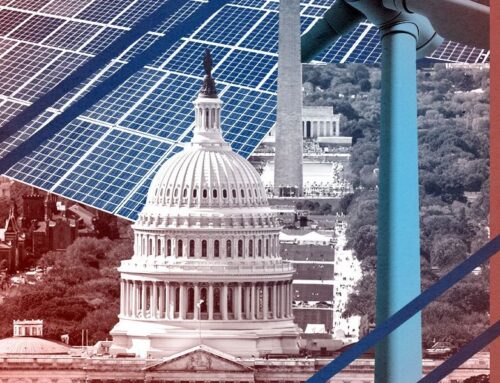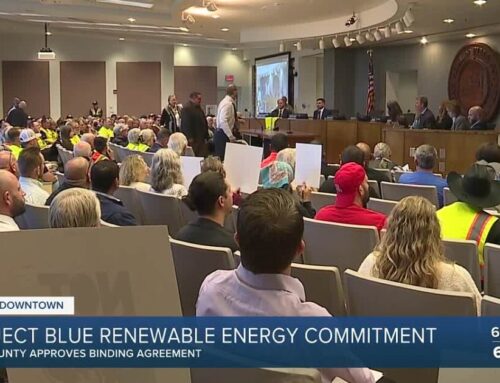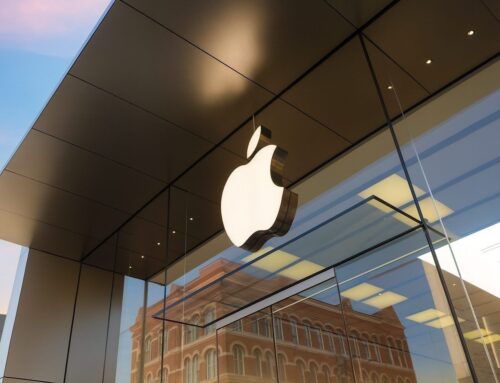Goodbye to job security at Amazon—its CEO warns that artificial intelligence will put thou
June 22, 2025
Jeff Bezos once said Amazon was Day 1 forever. It will always strive for innovation, unlike Day 2, with is stasis and smells like stagnant water (we are looking at you, Nintendo).
Twenty-eight years after Andy Jassy joined the company as an assistant product manager, the current CEO just served notice that Day 1 will involve fewer humans in the building. In a blunt 17 June memo made public on Amazon’s own site, Jassy told staff that the rise of generative-AI “agents” will soon reshape white-collar work… and shrink the corporate head-count that supports the world’s second-largest private employer.
“We will need fewer people doing some of the jobs that are being done today”, he wrote, adding that efficiency gains “will reduce our total corporate workforce” in the next few years.
What Jassy actually said
Amazon already has more than a thousand generative-AI projects in flight, from rewriting ad copy to forecasting shoe sizes. Jassy framed the next step as an “agentic future”: software bots that research, code and make decisions with minimal oversight. Those agents, he argued, free humans to think strategically—but they also make certain roles redundant. The CEO urged staff to “educate yourself” through internal AI workshops if they want to stay impactful.
How big could the cuts be?
Amazon’s payroll sits at roughly 1.5 million worldwide, including about 350,000 corporate staff in product, marketing and software engineering. If even five percent of those office jobs vanish, that’s 17,500 roles. Analysts caution that the company has not given precise numbers, but Gil Luria at D.A. Davidson told Reuters that AI is advancing so quickly “the need for hiring will diminish over time,” especially in software development, where Amazon has already slowed recruitment.
Amazon is pouring billions into AI-friendly data centres, producing custom silicon such as Trainium2, and rolling out Alexa+, a revamped voice assistant that can execute shopping tasks on your behalf.
In its fulfilment network, algorithms now decide where to store your new phone case before you even click “buy”, trimming delivery times and operating costs. Customer service chatbots, once a source of memes, have been rebuilt on large language models that stay polite even after the tenth “speak to a human” request. Each success story strengthens Jassy’s view that leaner teams can out-invent lumbering ones.
The echo effect across tech
Jassy is not alone. Five days before his memo leaked, BT’s chief executive warned UK staff of “deeper job cuts” as AI matures. Microsoft is reportedly lining up thousands of pink slips in its sales force while earmarking an $80 billion capital-spend year that revolves around AI data centres. Google has quietly shed hundreds of roles since January. Each company swears new positions will bloom around machine-learning pipelines, yet the near-term math still subtracts more than it adds.
Macroeconomic studies reinforce that queasy feeling. The International Monetary Fund figures 60 percent of jobs in advanced economies are “exposed” to AI; half could see wages or tasks cut. The OECD, looking at detailed task breakdowns, says lawyers, doctors and finance pros face higher risk than plumbers or nurses, flipping the usual narrative about automation hitting blue-collar work first.
A UK-centric study from the Tony Blair Institute claims up to three million private-sector jobs could be displaced, although new roles may limit the net loss. Swap the Union Jack for the Stars and Stripes and the pattern is broadly similar.
So what should workers do?
At Amazon, the official answer is upskill fast. The company is offering crash courses on prompt engineering and an internal certification for staff who can build simple AI agents. Recruiters say demand is already spiking for people who can keep large models on the right side of bias laws, design more efficient GPUs, or integrate AI safely into warehouse robots. In short: jobs are not disappearing; they are shapeshifting.
Just like the sewing machine prototype by Barthélemy Thimonnier in 1830 raised concerns among tailors and mantua makers –to the point where his workshop was literally burnt down–, AI is a direct threat to a great percentage of white-collared workers. Two centuries later, however, humankind is clad with machine-sewn clothes… and few people yearn for a time when you had to hand-stitch your wardrobe.
Search
RECENT PRESS RELEASES
Related Post




